The brain-eating amoeba, also known as Naegleria fowleri, is a rare but deadly organism that can cause a serious infection called primary amoebic meningoencephalitis (PAM). This infection occurs when the amoeba enters the body through the nose and travels up to the brain, causing inflammation and destruction of brain tissue. In this article, we will explore the details of this rare infection and what you can do to protect yourself.
What is brain eating amoeba
Brain-eating amoeba is a type of single-celled organism that can cause a rare and deadly brain infection called primary amoebic meningoencephalitis (PAM). Naegleria fowleri is commonly found in warm freshwater, such as lakes, rivers, hot springs, and poorly maintained swimming pools, especially during the summer months.
The infection typically occurs when the amoeba enters the body through the nose while swimming or diving in infected water, and then travels up to the brain where it causes inflammation and destruction of brain tissue.
Symptoms of brain-eating amoeba
The symptoms of brain-eating amoeba, can appear within a few days of exposure to the amoeba and may include:
- Fever
- Headache
- Nausea and vomiting
- Stiff neck
- Confusion
- Loss of balance
- Seizures
- Hallucinations
The disease progresses rapidly, and without prompt treatment, it can lead to coma and death within a few days. If you suspect that you or someone else may have been infected with brain-eating amoeba, seek medical attention immediately for a proper diagnosis and treatment.
Reducing the Risk of Infection
While the infection is rare, it is often fatal, with only a handful of people surviving worldwide. The risk of infection can be reduced by avoiding swimming or diving in warm freshwater, especially in areas with a history of the infection. Alternatively, using nose clips or holding the nose shut while in the water can also help reduce the risk of infection.
Additionally, swimming pools and other water sources should be properly maintained and disinfected to prevent the growth of amoebas. Proper cleaning and chlorination can effectively eliminate the risk of infection.
Naegleria fowleri infection is not contagious and cannot be spread from person to person through casual contact. If you suspect that you or someone else may have been infected with brain-eating amoeba, seek medical attention immediately for a proper diagnosis and treatment.
Where is Brain-Eating Amoeba Found?
Brain-eating amoeba is commonly found in warm freshwater, such as lakes, rivers, hot springs, and poorly maintained swimming pools, especially during the summer months. The amoeba thrives in warm water temperatures and can enter the body through the nose when swimming or diving in infected water. Once inside the body, it travels up to the brain, where it can cause serious damage.
Chances of getting naegleria fowleri from tap water
The chances of getting Naegleria fowleri from tap water are very low. Naegleria fowleri is typically found in warm freshwater, such as lakes, rivers, hot springs, and poorly maintained swimming pools, rather than in tap water.
🔬 Subscribe to SciMail
Get the latest science discoveries straight to your inbox!
Public drinking water systems in the United States are required to meet strict safety standards, including regular monitoring and disinfection to ensure that the water is safe for consumption. The chlorine used in water treatment is also effective in killing Naegleria fowleri.
However, it is possible for the amoeba to enter tap water if the water system becomes contaminated, such as when water pipes break or when the water system is not properly maintained. Therefore, it is important to follow any boil water advisories or other safety instructions issued by your local water provider.
While the chances of getting Naegleria fowleri from tap water are very low, it is still important to follow safety precautions and boil water advisories to reduce the risk of contamination. Additionally, it is recommended to avoid swimming or diving in warm freshwater, especially in areas with a history of the infection, to further reduce the risk of infection.
Can brain-eating amoeba be cured
Brain-eating amoeba can cause severe damage to the brain and central nervous system. The infection progresses rapidly and can be fatal within a few days if left untreated.
While there is no specific cure for brain-eating amoeba, prompt and aggressive treatment can improve the chances of survival. Treatment typically involves a combination of antifungal and antimicrobial drugs, as well as supportive care to manage symptoms and complications.
In some cases, treatments such as induced coma or hyperbaric oxygen therapy may also be used to help reduce inflammation and improve oxygen delivery to the brain.
How to avoid brain eating amoeba
Here are some steps you can take to avoid brain-eating amoeba:
Avoid swimming or diving in warm freshwater:
Naegleria fowleri is commonly found in warm freshwater, such as lakes, rivers, hot springs, and poorly maintained swimming pools. Therefore, it is best to avoid swimming or diving in these areas, especially during the summer months when water temperatures are higher.
Use nose clips or hold your nose shut:
If you must swim in warm freshwater, using nose clips or holding your nose shut can help reduce the risk of infection. This can prevent the amoeba from entering your body through your nose.
Use properly maintained and disinfected swimming pools:
If you choose to swim in a pool, make sure it is properly maintained and disinfected to prevent the growth of amoebas. Proper cleaning and chlorination can effectively eliminate the risk of infection.
Avoid stirring up sediment:
When swimming or diving in warm freshwater, avoid stirring up sediment, as this can increase the risk of exposure to the amoeba.
Use bottled or boiled water for nasal irrigation:
If you use a neti pot or other nasal irrigation device, make sure to use bottled or boiled water, as tap water can contain the amoeba.
Follow any boil water advisories:
In the event of a water system contamination, follow any boil water advisories or other safety instructions issued by your local water provider.

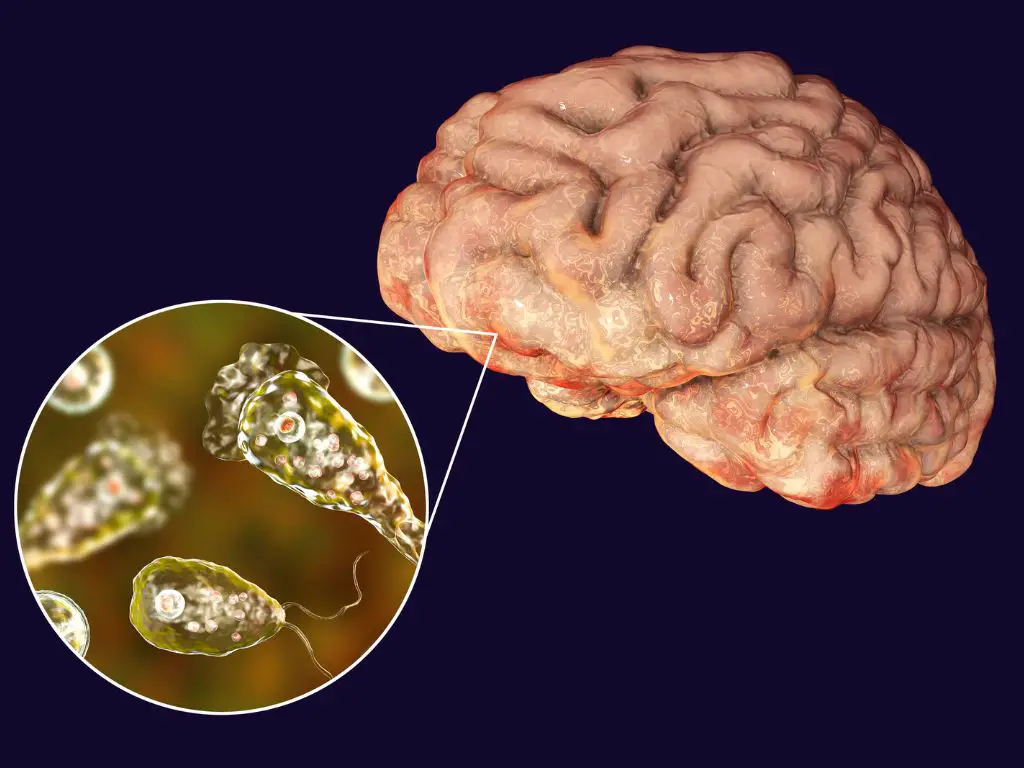
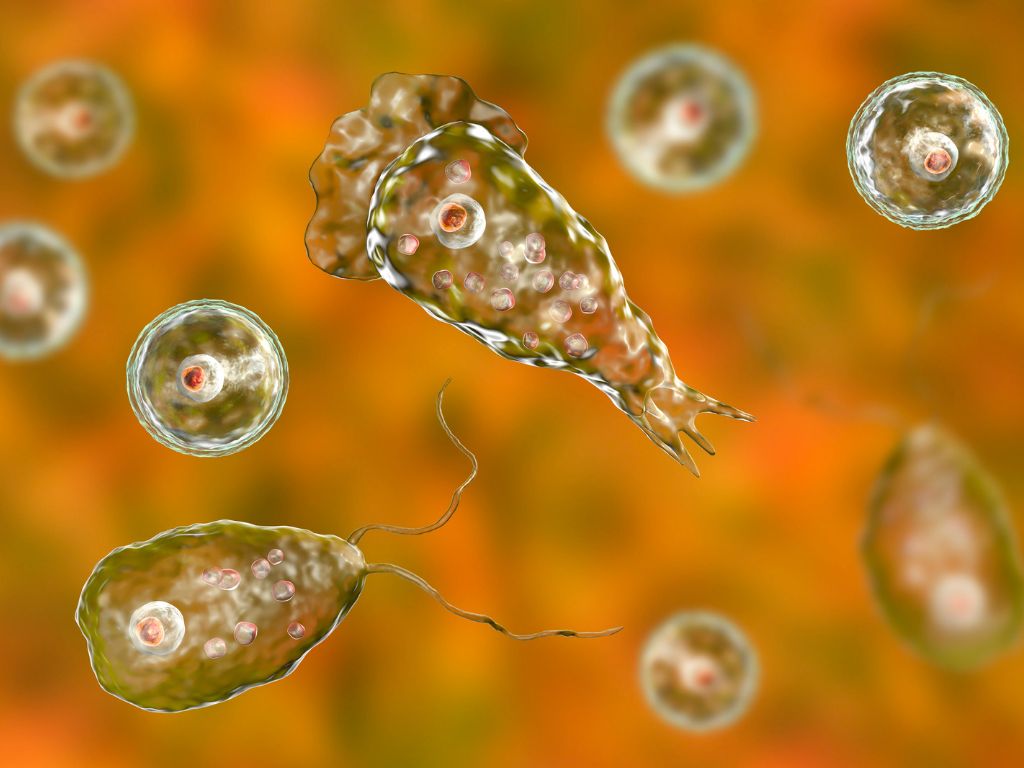

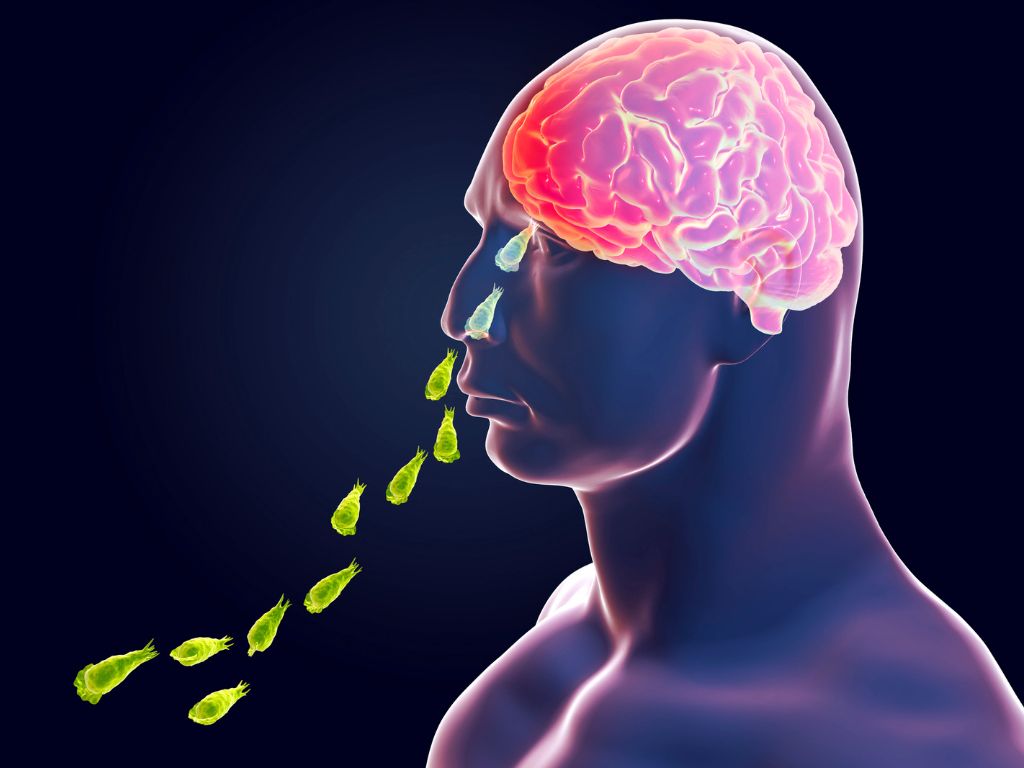

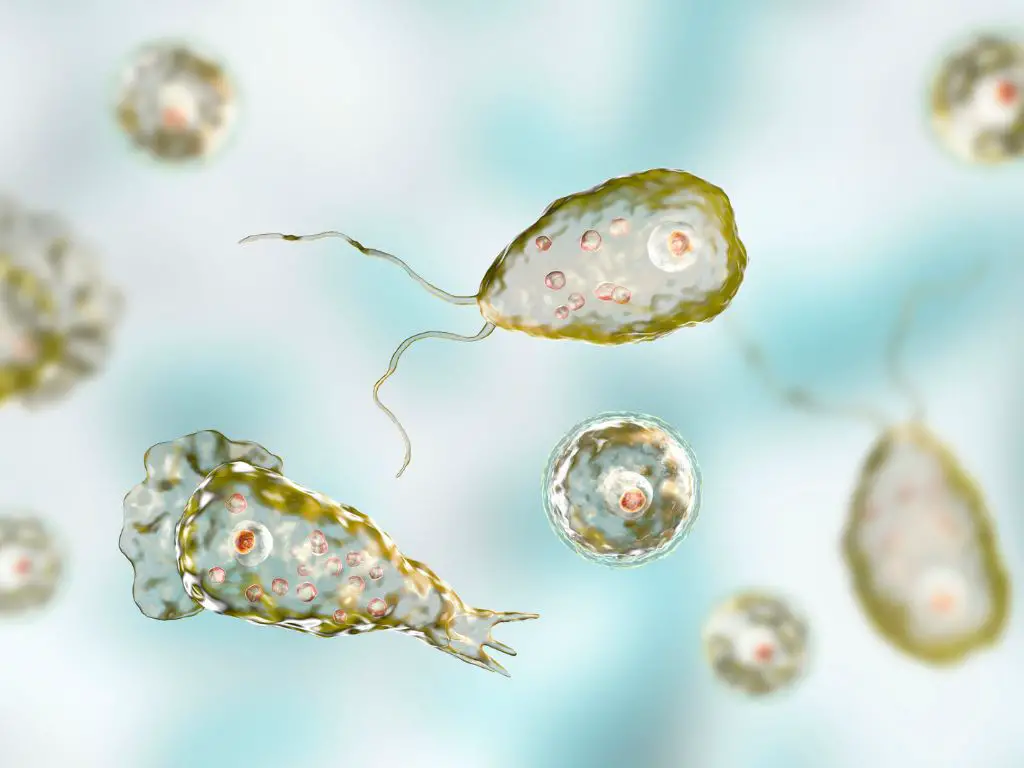

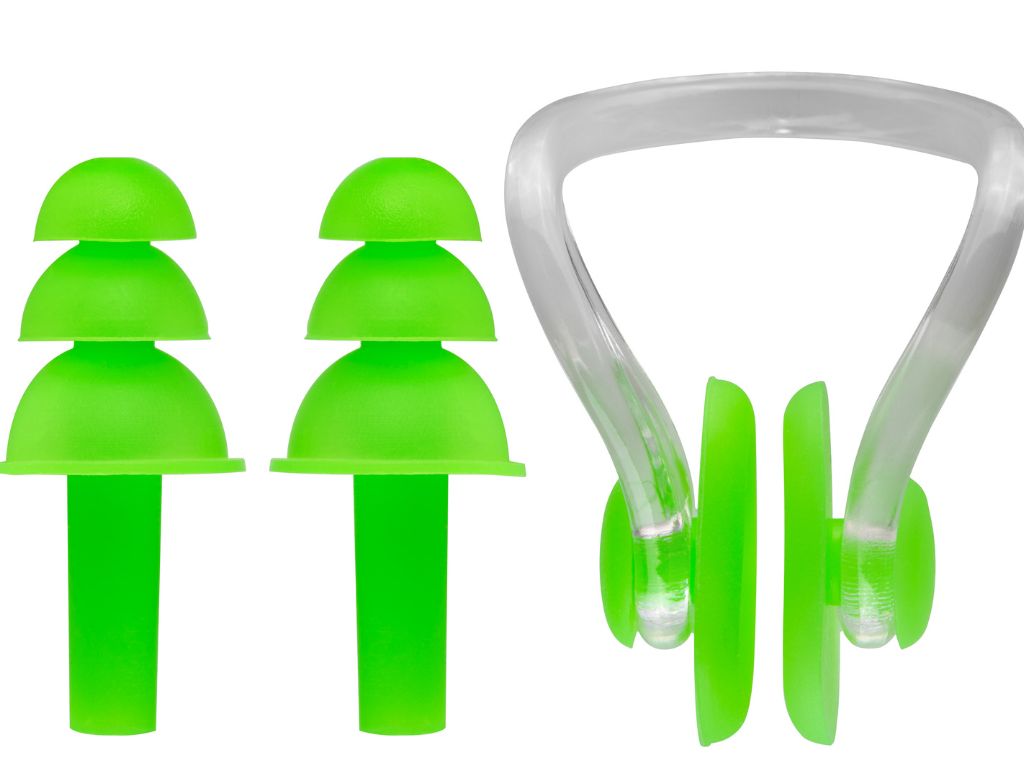
Leave a Reply